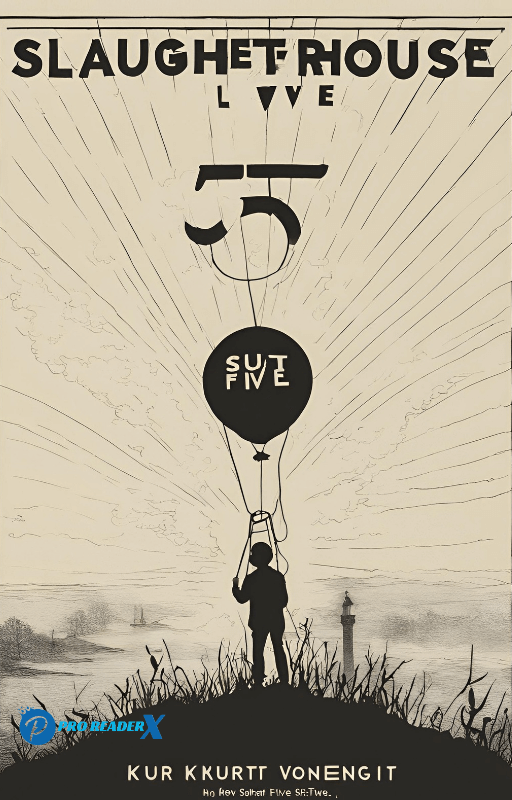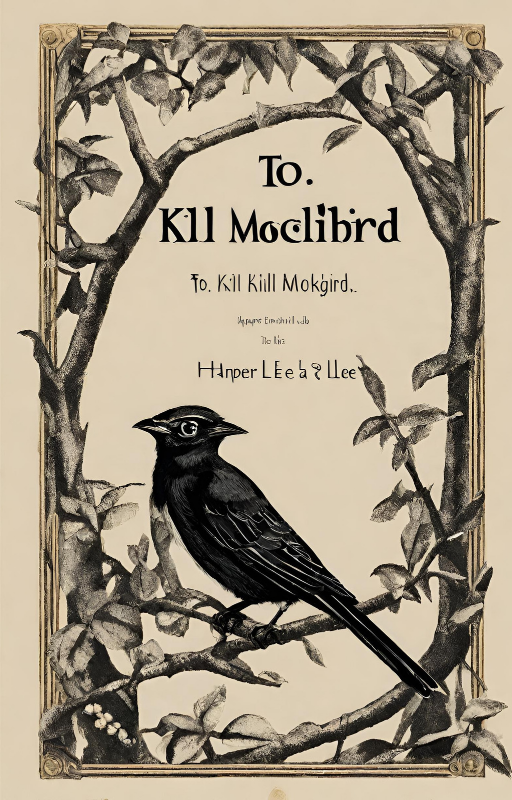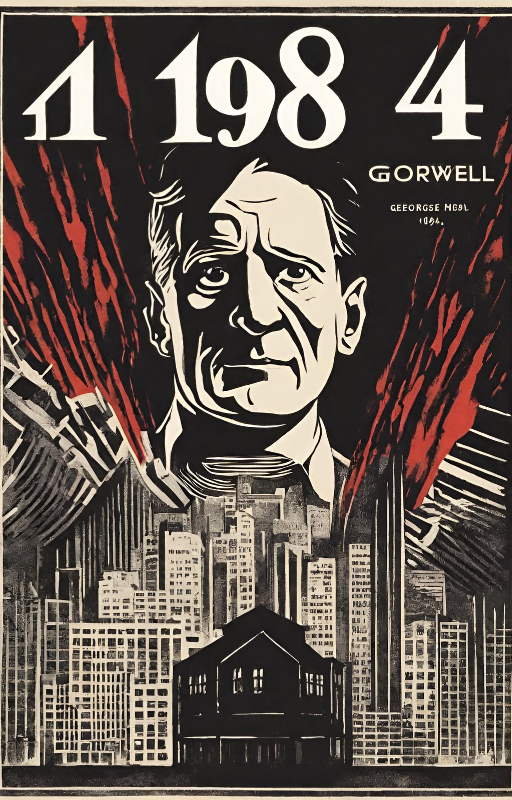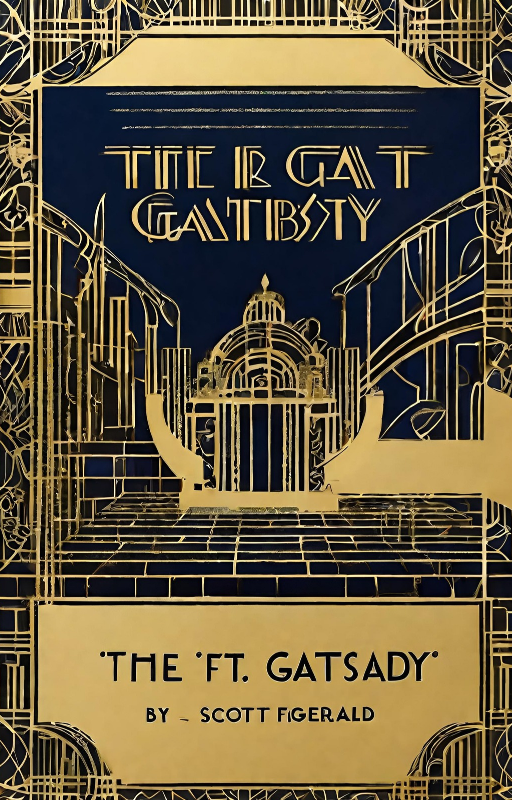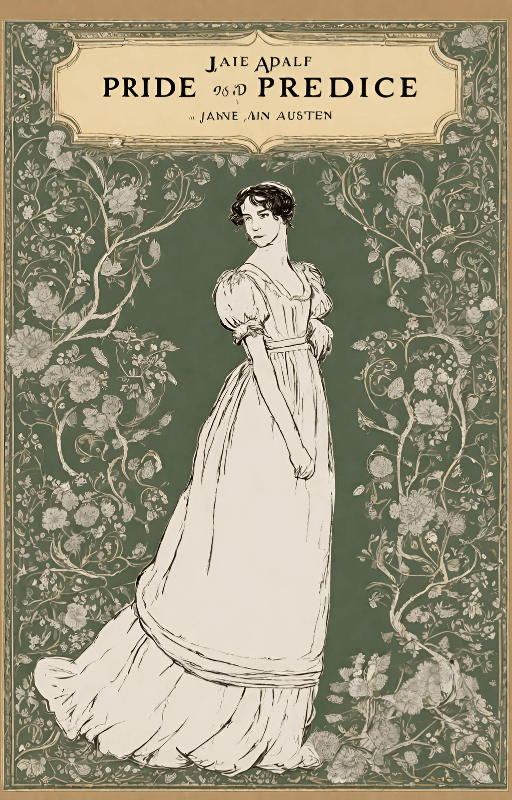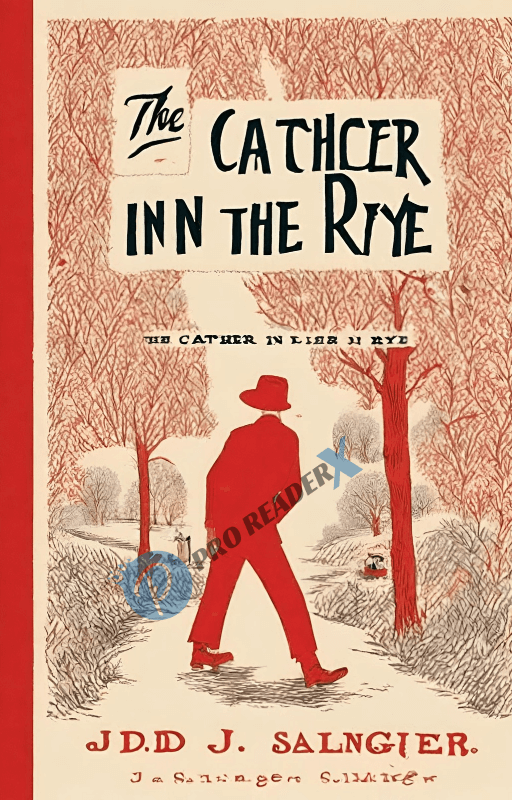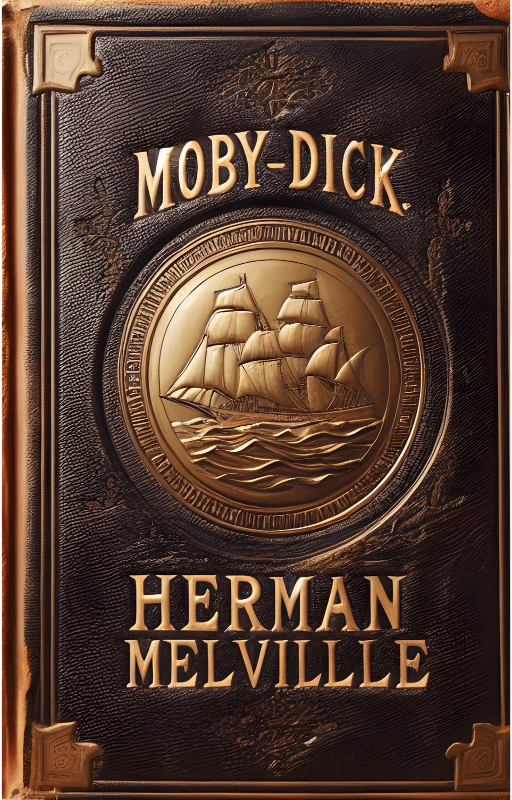Introduction
Read “Slaughterhouse-Five” by Kurt Vonnegut and prepare yourself for an incredible journey through history, conflict, and the human mind. This isn’t your typical war novel; it’s a sarcastic, nonlinear trip that challenges standard storytelling. Vonnegut’s distinct style enthrals readers and causes them to consider important issues of fate, existence, and life’s absurdities.
About the Author
Before we get into the book’s specifics, let’s discuss the brain behind it. American author Kurt Vonnegut is renowned for combining science fiction, dark comedy, and satire. Vonnegut, born in 1922, witnessed the destruction of Dresden during the Second World War, which significantly impacted ” Slaughterhouse Five.” His works usually convey his scathing commentary on society and war, which elevated him to popularity in 20th-century writing.
Plot Overview
Setting the Scene: Dresden and WWII
The main focus of “Slaughterhouse-Five” is the World War II bombing of Dresden, which was one of the most destructive and contentious incidents of the conflict. Billy Pilgrim, the book’s primary subject, witnesses the tragedy of the city’s destruction firsthand. However, Vonnegut adheres to the gloomy truth and adds fanciful components to it, challenging our understanding of pain and time.
Main Characters
Billy Pilgrim
Our terrible hero is Billy Pilgrim, an optometrist who manages to get “unstuck in time.” His life tale is told in a non-chronological order, beginning with his experience as a soldier in WWII and ending with his abduction by aliens from Tralfamadore. Billy is a distinct protagonist who personifies the concepts of inevitability and fatalism throughout the book because of his docile manner and acceptance of fate.
Kilgore Trout
Kilgore Trout, a recurrent character in Vonnegut’s novels, is a science fiction writer whose writings shape Billy’s perspective of reality. Trout’s strange tales frequently mirror Vonnegut’s opinions about people and society, giving the book a meta-commentary edge.
Edgar Derby
Edgar Derby is a sad man and fellow soldier in the book. He is killed for stealing a teapot among Dresden’s ruins, which is an unfortunate and premature agreement for someone of his courage and moral rectitude. Derby’s outcome serves to emphasize how ridiculous and arbitrary war is.
The Structure of the Novel
One of the most remarkable characteristics of “Slaughterhouse Five” is its nonlinear storyline. The narrative wanders throughout time, reflecting Billy’s haphazard way of life. This Structure reinforces the novel’s ideas and leaves readers guessing what will happen next.
Motifs & Themes
The Absurdity of War
Vonnegut criticizes war without holding back. He highlights its absurdity and carnage with harsh visuals and gloomy humour. The repeating remark “so it goes” following every reference to death is a resigned acknowledgement of war’s inevitability and nonchalant acceptance of it.
Determinism vs. Free Will
The idea of free will is a recurring theme throughout the book. The Tralfamadorians think everything is predestined and immutable because they see all times as existing simultaneously. Billy takes up this fatalistic viewpoint, doubting that people have any influence over their fate.
The Nature of Time
“Slaughterhouse-Five” depicts nonlinear time. Billy’s adventures, going across time, serve as an example of the Tralfamadorian idea that all times exist simultaneously. This impression defies our notion of time, implying that our lives are a sequence of fixed moments rather than a continuous flow.
Literary Style and Techniques
Nonlinear Narrative
Vonnegut’s use of a nonlinear narrative is more than just a stylistic decision; it represents life’s turmoil and unpredictability. By skipping around throughout time, he mimics the jumbled manner in which painful memories might reappear, giving the reader Billy’s sense of confusion.
Satire and Dark Humor
The book is rife with black comedy and satire. Using these instruments, Vonnegut criticizes everything from human behaviour absurdities to the military-industrial complex. His keen wit keeps the reader interested while conveying important messages about society and war.
Elements of Science Fiction
The science fiction elements, especially the extraterrestrial Tralfamadorians, give the narrative a strange quality. By utilizing the fantastical to shed light on realities about our own reality, these components enable Vonnegut to tackle complex subjects in an approachable manner.
Critical Reception and Legacy
When first released in 1969, “Slaughterhouse Five” was well-praised for its inventive plot and potent anti-war message. It was soon hailed as a classic, taught in classrooms, and praised for its audacious reflection on humanity’s state. It continues to be a moving reminder of the atrocities of war and the resiliency of the human spirit, and it has impacted innumerable writers throughout the years.
Conclusion
More than merely a war story, “Slaughterhouse-Five” delves deeply into fate, time, and the folly of human life. Readers continue to see Vonnegut’s work as timeless because of its distinct storytelling style and insightful criticism. This book has plenty to offer everyone, regardless of whether you are drawn to its philosophical ideas or historical context. Thus, it continues.
FAQs
Q1. What is the main message of “Slaughterhouse-Five”?
The primary takeaways include reflecting on the nature of time, free will, fate and a condemnation of war. Vonnegut explores these subjects via science fiction and humour.
Q2. Why is “Slaughterhouse-Five” considered an anti-war novel?
Because it examines the senselessness of such battles and graphically portrays the horrors and absurdity of war, especially via the bombing of Dresden, the book is regarded as anti-war.
Q3. Who are the Tralfamadorians?
Billy Pilgrim is kidnapped by aliens known as the Tralfamadorians. Their simultaneous perception of all times in time influences Billy’s perception of life and destiny.
Q4. What does “so it goes” mean in the novel?
“So it goes” is a common phrase when discussing mortality or death. It conveys a resignation to death as an unavoidable aspect of existence.
Q5. Why does Vonnegut use a nonlinear narrative?
The novel’s themes of time and determinism are furthered by the nonlinear narrative, which defies conventional storytelling and reflects the fractured character of traumatic memories.
